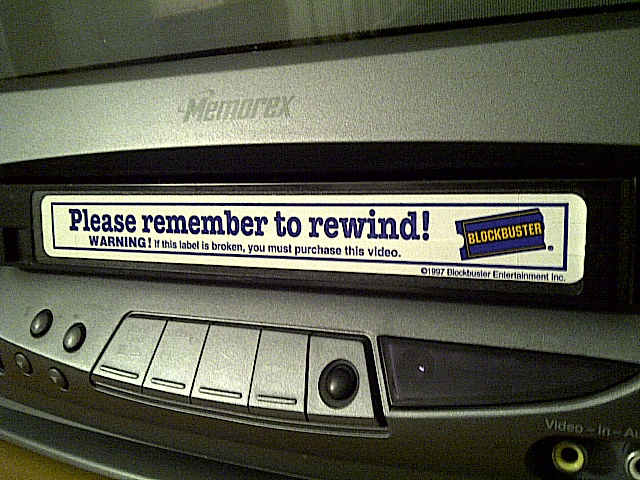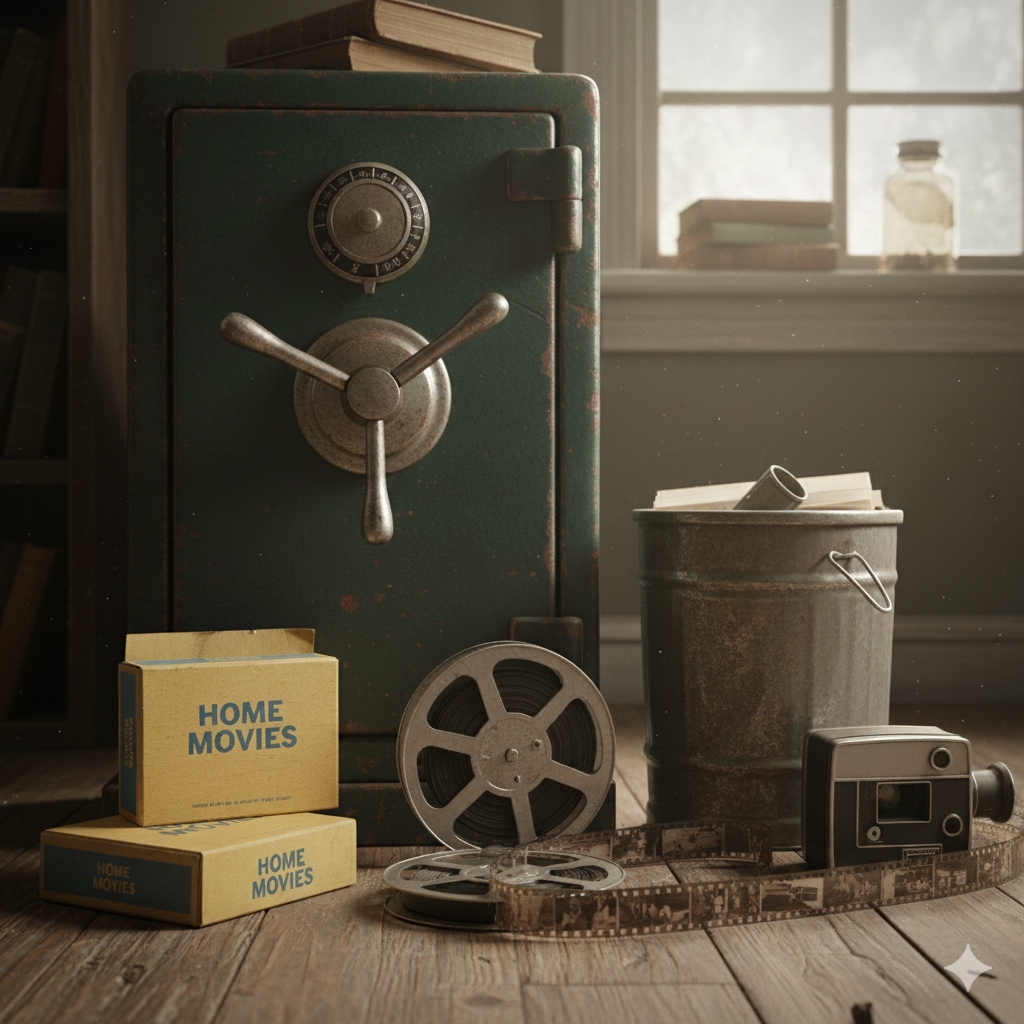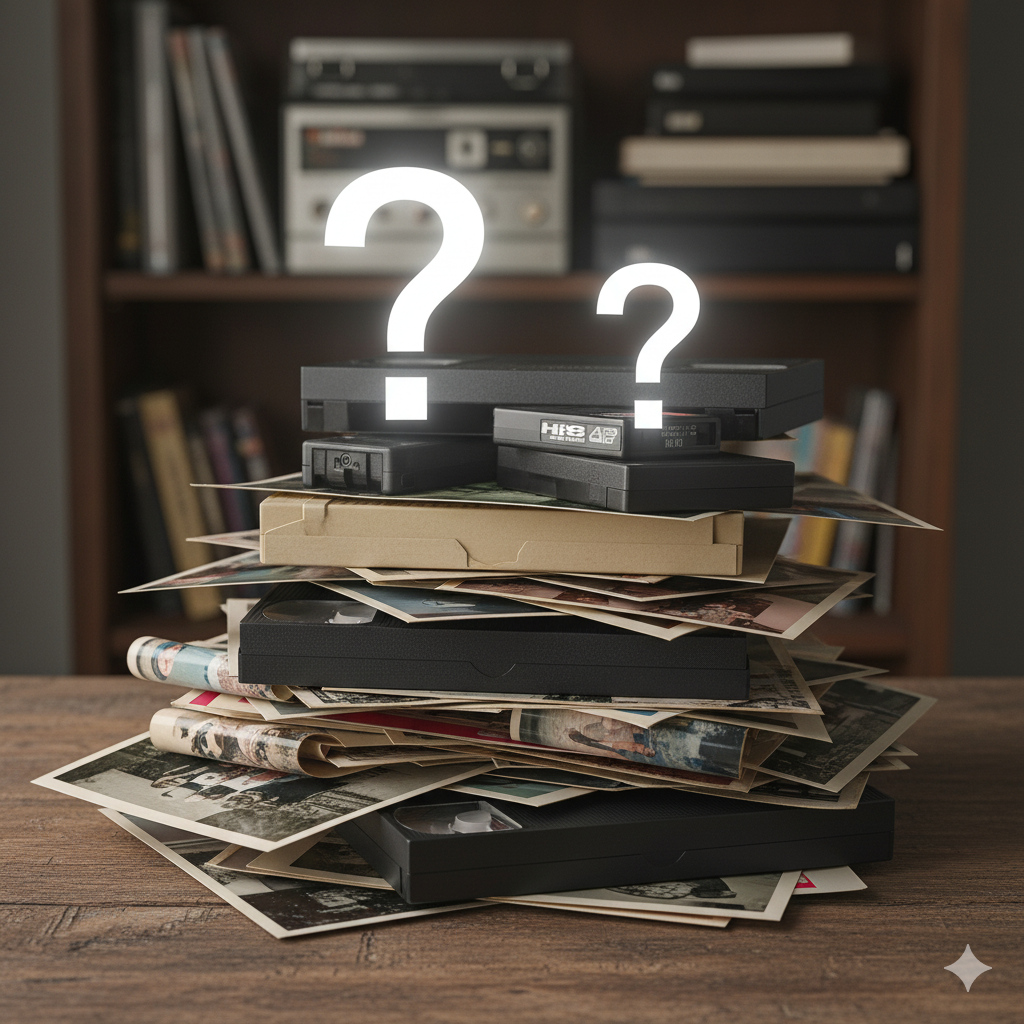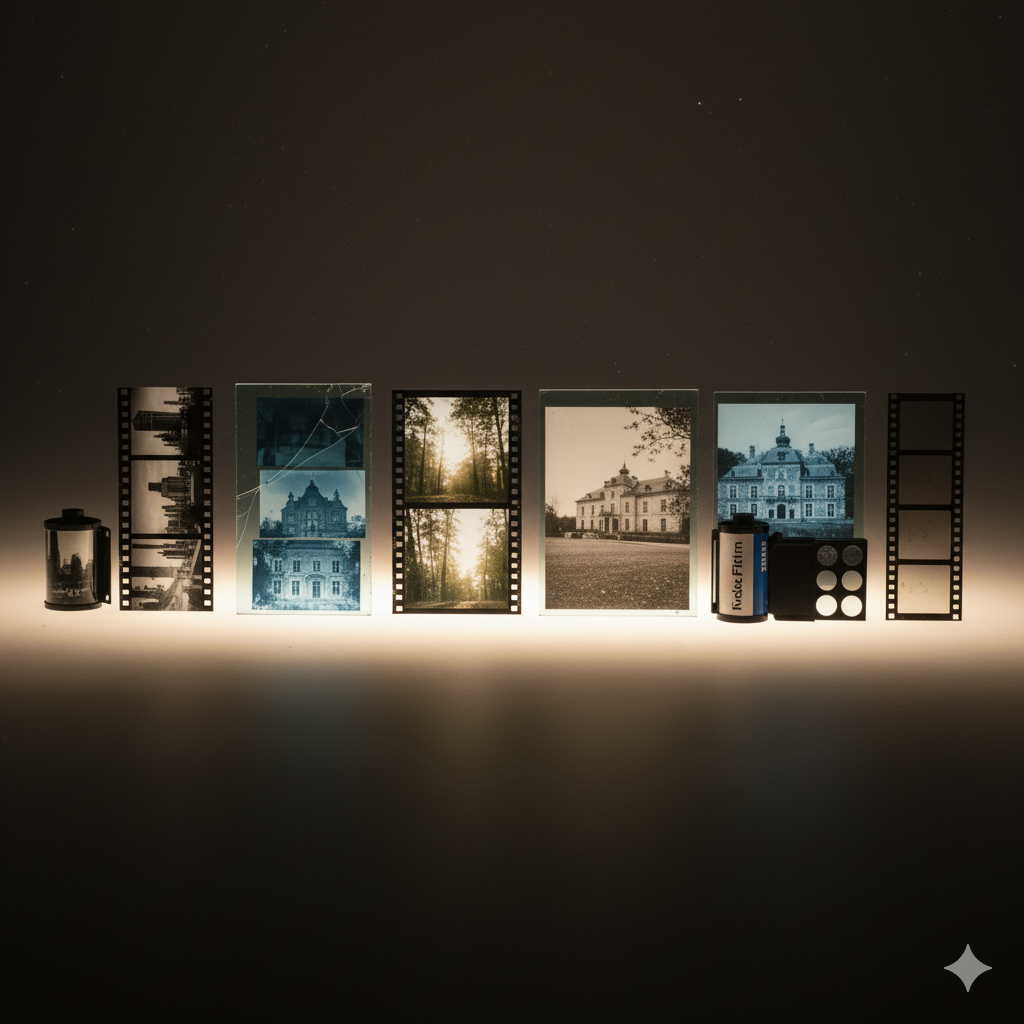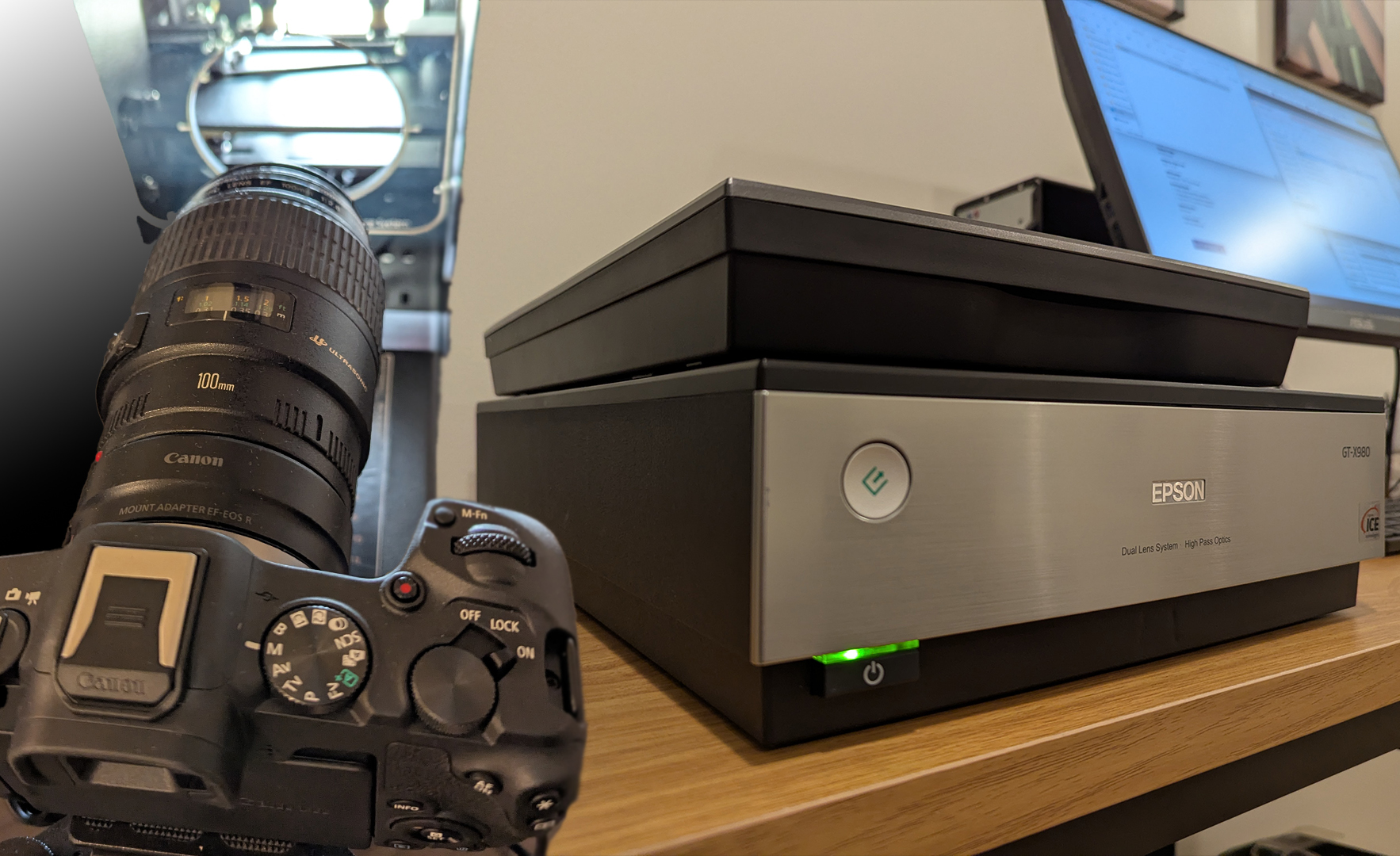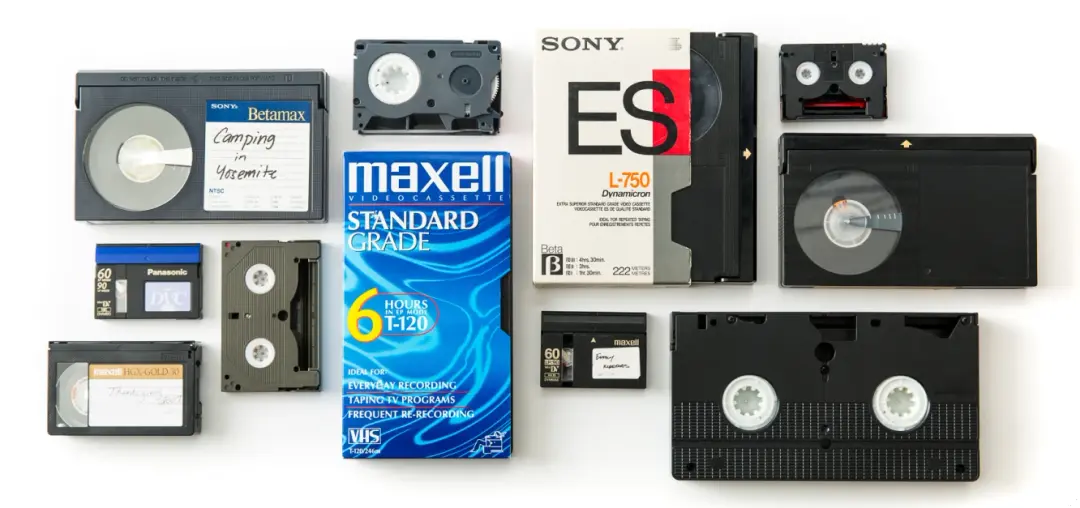Don’t Rewind Your Tapes! Your Memories Will Thank You!
Cover Photo By: Amayzun on Flickr
Long, long ago...in a universe that looks much like our own, if you wanted to watch a movie at home “on demand” and without commercials, you had to go down to your local video rental store. You’d peruse the aisles, hoping the movie you wanted to watch was still in stock. Or you might spend an hour just browsing and inspecting box art, looking for just the right thing to tickle your fancy. As my friends and I would wander the seemingly endless rows of tapes (later DVDs) we would try to curate our own triple features, gathering up armfuls of movies to keep us occupied throughout the weekend. When the time came to return the tapes, you’d see stickers plastered all over the cassette and the box saying, “Be Kind Rewind.” There was nothing worse than popping in your freshly rented tape, only to have your cinematic gratification delayed as you waited anxiously for the tape to be rewound. “Be Kind Rewind” was a courtesy to the next borrower of the tape, so they could push off into Hollywood Dreamland as quickly and as seamlessly as possible.
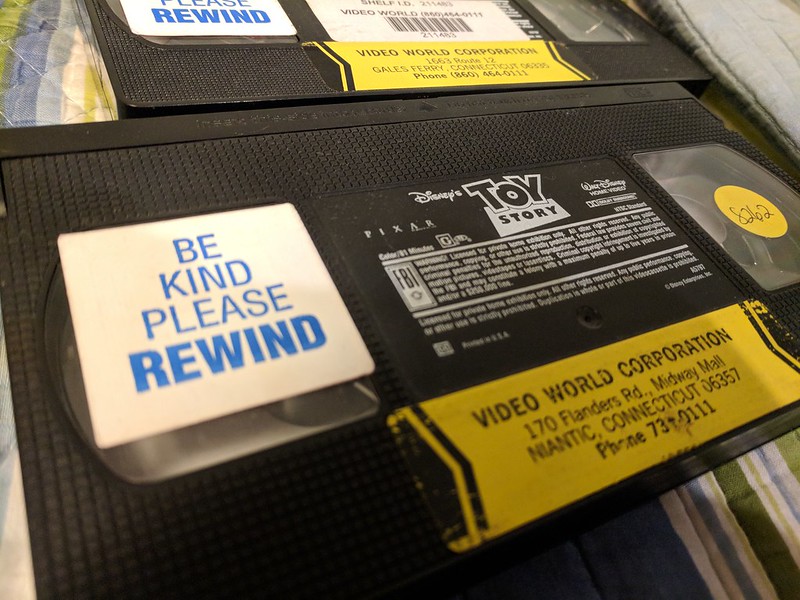
Photo By: JJBers on Flicker
The phrase was so ubiquitous they even made a movie with that title, “Be Kind Rewind” (2008), directed by Michel Gondry. The movie starred Jack Black and Mos Def as two video store owners who accidentally erased all of the tapes in their store. To keep the business running, they remade all of the movies “no budget indie style” with cardboard costumes and props. They called these no budget remakes “sweeded" films. Despite the phrase's popularity, much like “Shake it like a Polaroid picture" it’s misguided at best, and damaging at worst.
Don’t Rewind Your Home Media!
The biggest reason we don’t want you to rewind your media before you bring it into Scan5 for digitization is that your equipment might be broken, damaged, or otherwise not functioning properly. If your VCR, Cassette Player, or Projector is malfunctioning, it may not safely rewind your media and can cause permanent damage to your memories. In extremely rare cases, the audio/video heads inside your equipment can become magnetized. When this happens, the mere act of watching or rewinding your tapes can actually erase them! It’s very rare, but we have seen it happen! We’ve had customers say they watched their video just before they brought it in to us, but when we play it, all we get is static (regardless of what machine we use). This is also why we don’t recommend previewing your material before bringing it to Scan5. We regularly inspect, clean, and repair our equipment to ensure the safest digitization of your home media.
Be Archival!
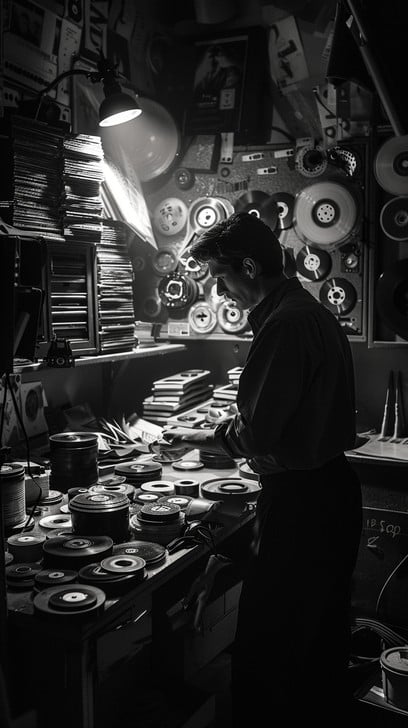
When working with one of a kind original material, we call this “Archival Media.” Since families often don’t have copies of their media, and there is only one original copy, it is considered to be archival material. Professionally, any raw footage or master tapes would be considered archival material, as opposed to commercial copies you can buy at the store. Considering archival media may be the only version of the material in existence or it may be the highest quality version of the material, it’s best practice to handle the material as little as possible to preserve its quality for as long as possible. When working with physical analog media, every time you handle or play a tape, film, or vinyl record, there is risk of permanent physical damage. Even if your material is handled properly, each time your media is played or rewound, physical wear and tear is placed on your media and can affect the quality of your transfer.
Many archives, like The Library of Congress and The Chicago Film Archive store all of their film and tapes “tail out.” This means that the film or tapes are not rewound when placed into storage. After the media is played or inspected, the media is left tail out so additional wear and tear is not placed on the media unless absolutely necessary. It’s only when someone needs to view the material again for research or a public screening that the media is carefully inspected and rewound for its next viewing. Ideally, the last time the media is played, it is also digitized so the original doesn’t have to be touched ever again.
Digital Never Changes

When you bring your media to Scan5 for digitization, we want it to be the last time your physical media ever gets played. Once your media is digitized you can view and play your digital files as many times as you want and they will always look exactly the same! Although some people may claim analog is higher quality than digital (and sometimes they may be right) or that they prefer the look and sound of analog, the biggest benefit of digital is that it never changes. You could watch a digital video a million times and it will look exactly the same the first time you watch it as the millionth time. You can also make as many copies as you want and they will all look exactly the same.
When making analog copies, the information doesn’t get perfectly replicated. Different things can affect the transmission of the original signal or image, such as the electronics in magnetic media or the optics in optical media. Some information gets altered or lost and images fade over time. It’s similar to playing a game of telephone where the first person may properly hear and repeat the phrase, but then the second person misunderstands a word, and eventually, the final phrase has no resemblance to the original. With digital, all of the data is stored with ones and zeros. When making digital copies, that data gets perfectly copied and verified to match the original. The only thing that will affect the quality of your digital copies is the quality of your screen or speakers.
Be Kind, DON’T Rewind
So forego the conventional courtesy when bringing your tapes to Scan5 for digitizing and DON’T rewind your tapes! We are happy to inspect your material and carefully rewind it to ensure it stays in pristine condition for the best quality transfer possible. Your memories and family will thank you. Visit Scan5.com today to start your order!


